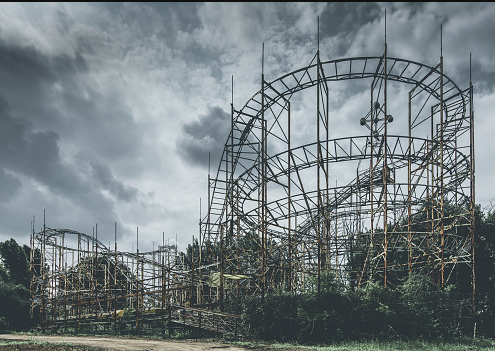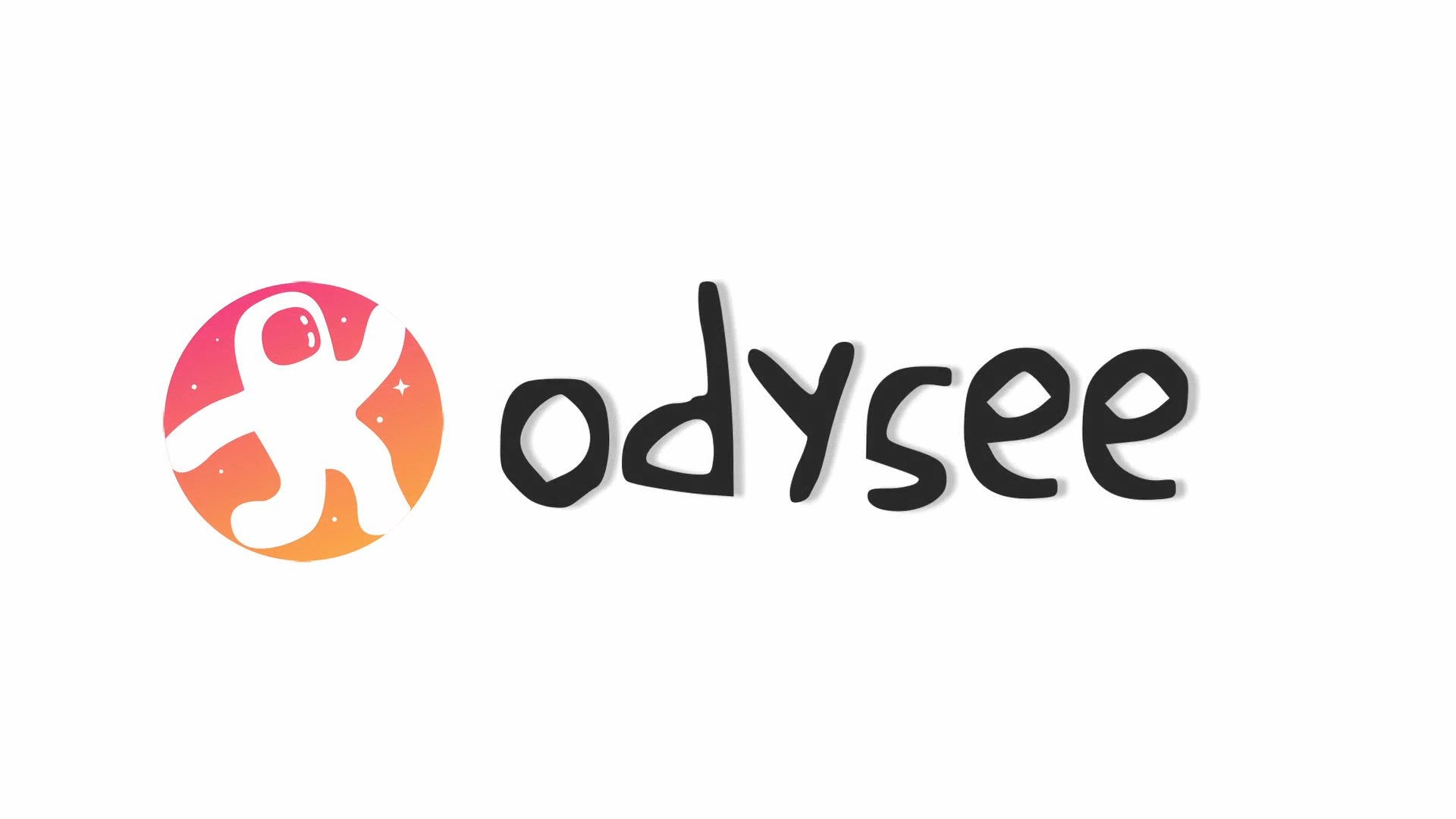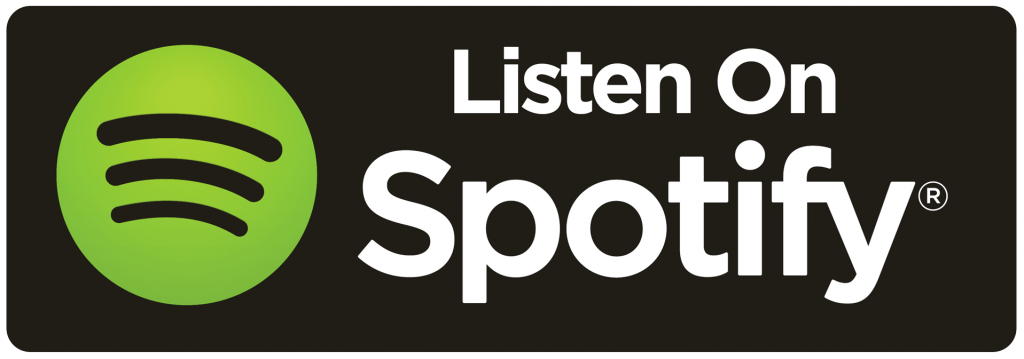Book Review – How High We Go in the Dark
Book Review – How High We Go in the Dark by Sequoia Nagamatsu
Synopsis:
For fans of Cloud Atlas and Station Eleven, a spellbinding and profoundly prescient debut that follows a cast of intricately linked characters over hundreds of years as humanity struggles to rebuild itself in the aftermath of a climate plague—a daring and deeply heartfelt work of mind-bending imagination from a singular new voice.
Beginning in 2030, a grieving archeologist arrives in the Arctic Circle to continue the work of his recently deceased daughter at the Batagaika crater, where researchers are studying long-buried secrets now revealed in melting permafrost, including the perfectly preserved remains of a girl who appears to have died of an ancient virus.
Once unleashed, the Arctic Plague will reshape life on earth for generations to come, quickly traversing the globe, forcing humanity to devise a myriad of moving and inventive ways to embrace possibility in the face of tragedy. In a theme park designed for terminally ill children, a cynical employee falls in love with a mother desperate to hold on to her infected son. A heartbroken scientist searching for a cure finds a second chance at fatherhood when one of his test subjects—a pig—develops the capacity for human speech. A widowed painter and her teenaged granddaughter embark on a cosmic quest to locate a new home planet.
From funerary skyscrapers to hotels for the dead to interstellar starships, Sequoia Nagamatsu takes readers on a wildly original and compassionate journey, spanning continents, centuries, and even celestial bodies to tell a story about the resiliency of the human spirit, our infinite capacity to dream, and the connective threads that tie us all together in the universe. (Taken from Goodreads page)
Review
This is not a Christian book but a science fiction novel. However, there are Christian elements (or lack thereof) that one might find beneficial in seeing.
I usually don’t like doing the comparing books trope anymore but I viewed this book to be in a similar style as World War Z but with a few big problems. Where WWZ told the story of a zombie apocalypse in interview style of first-person perspectives that unfolded the world and actions untaken by humanity in its dealing with Zeke – this story told first-person perspective vignette of people in a world where a mysterious, possibly paranormal virus begins infecting the world.
Vignettes
Like any collection like this, you’ll have the ones you like and the ones you didn’t. The best one was the definitely not Mickey Mouse costumeer comedian who worked at an amusement park for kids who were sick and would have one last day of joy before taking a ride on a rollercoaster that would pull 10 Gs three different times and peacefully kill them. It was the most impactful of doing what should be done in these types of story structures – it offers you an intimate look at one facet of life that has changed as result of the greater thing happening in the world of the story. It’s not going to provide you every detail you want but offer insight for you to build and piece together what the greater plot involves. The book does this fairly well. There are some details that are told to you in the way an interview would take place, but there are a few details you pick out that build the world as the story progresses over the story’s timeline.
The weaker stories are fine but didn’t offer as much impact as the one I did really like. There are three stories that didn’t make much sense of having so little an impact which felt like big misses of opportunity to really build the world out. (No spoilers here) The first was the father of the first girl to die of the virus in Antarctica. The “other-worldly” nature of the origins of the virus was lost in this drull beginning and I had to get more detail from the back of the book than I did the story. Another was a story of those who were maybe dead or asleep or something paranormal. There really wasn’t an explanation for what the deal with that was and the fact that it was still in first person form kind of took away from the interview-like motif the book seemed to be going for. The other missed opportunity was from the woman of the virus origin. It stops way too early in her story and while you could see why it was included there was no real reason to stop before the virus comes to the modern world.
Individual Elites
There are a couple of things that stopped this story from being really good. I will refer to World War Z a few times because where that story worked because of these elements, this story wasn’t as grounded. The first was the lack of individual accomplishments to the overall story. Where WWZ had many individuals who made massive strides that affected the fuller world, this story had no one. There are mentions and even focus of stories of individuals who are working to stop the virus but any reports from characters put the focus on governments or scientists or groups. For a story where your storytelling element is from individuals, this loses the realism of where developments of breakthroughs happen in the real world – by the individual.
Death, Where Is Your Sting?
The second part is ironic in that it fails to take on the bigger consequence of death on people. In WWZ, characters and stories show the worldwide cultural shift of having to deal with zombies. Kids don’t swim in shallow water, people because more religious or less religious, and death is dealt with in different ways since it’s always a bite away. Yes, this story has those moments (like the amusement park of joy and death). However, it doesn’t show how the world is impacted from a psychological and sociological level. Again, there are stories that give bigger hints than others – hotels designed to prep for death or robot dog repairs that preserve loved ones. But the story presents industries rising up to capitalize on the body count but it doesn’t do so with a greater amount than what we already have now. Death is on the door at all times and people die every day – what happens when that’s even closer and more consistently?
No New Hope
The biggest flaw of the book is the lack of religion and the lack of hope. There is your stereotypical and must-have lines about “the end is near!” preachers. But major and drastic changes to the entire world within the scope of the book. The absence of religion makes the book feel too divorced from reality. A mysterious girl frozen in ice that upends how humanity viewed its place in history and a major deadly disease infects the world and especially kids, science experiments that would affect how we view ourselves, the intersection of technology and memories, interstellar travel, etc. the silence of religion is the story is deafening. This isn’t the case of “oh, they can’t include everything” rings hallow as it would if the story failed to talk about the impact of death.
And on the same vein, the absence of hope devoids the realism of the science fiction. There are no individuals to look to, there is no religion to believe in, there is no life to live, and there is not even a spark of hope discussed. In a world where a virus is killing people and children that causes industries to almost become exclusively death-focused – there is no hope. Why keep going in life? Why seek out life on another world? Why have new children? Why continue to go to work? Where are the farmers? Where’s the economic impact? Where’s the one piece of metaphysical necessity that drives all great sci-fi? Where’s the looking up instead of looking down that any story about death needs unless you end in a world like The Road (Cormac McCarthy) where even that bleak story had hope? In World War Z you had nations become theocracies, you had people put their trust in individuals showing ways forward, and you had people look to keep fighting because the stories offered a way out of the present darkness. The opposite happens here where one has to wonder why suicide isn’t discussed at all. It’s a missing puzzle piece that science fiction is based on. Christianity is absent but story elements that would be perfect for discussing the impact it would greatly have. Even if the author killed off religion and Christianity in particular it would treat the story in the realm of reality. Instead, you get a takeaway of death is super sad and affects people but we get by with continuing on and advancing the species through some evolutionary process (which the book undermines in the end). You just can’t have it both ways.
How High Indeed
All that being said, I enjoyed the book and parts have stuck with me – which I look for in something of this nature. While the sci-fi futuristic elements tend to come out of nowhere it does a good job of presenting a variety of different stories for one to hold onto. Death is sad and has an impact in different ways on some. The missing elements are what limits this from being a great book. Comparing it to World War Z is never going to put it on the same level but it should feel grateful just to be nominated. While the story tells us How High We Go – when we Go In The Dark there are some big key factors that keeps us looking up.
Final Grade
B-

Video
Get The Book (And Support The Show)
Cave To The Cross GoodReads Page
 To check out more reviews and see what Patrick’s reading go to his GoodReads page here.
To check out more reviews and see what Patrick’s reading go to his GoodReads page here.
Other book reviews can be found here.









